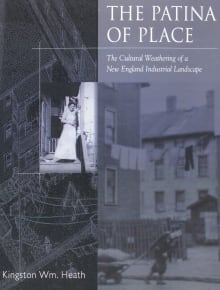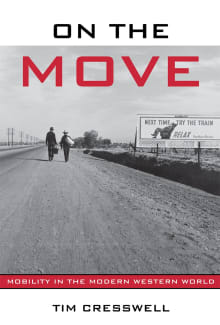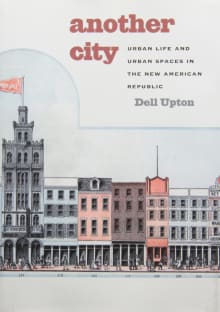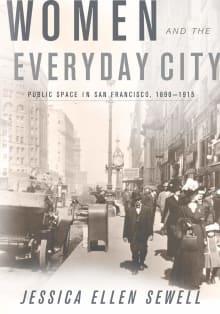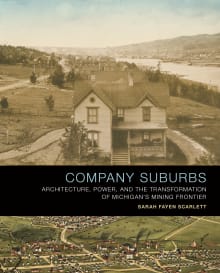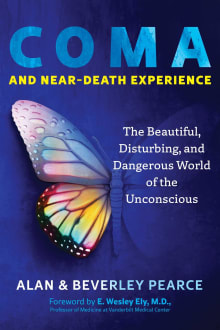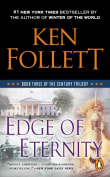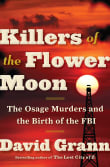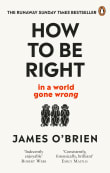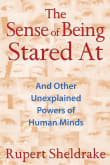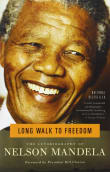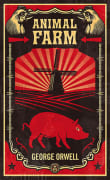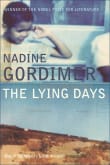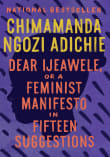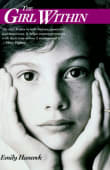
Why did I love this book?
Kingston Heath’s captivating book Patina of Place investigates human relationships with working-class living spaces so powerfully. Sometimes I think parts of my book would have been better as a film for capturing what it feels like to move through a neighborhood and into a house. But Heath has managed to do it on static printed paper by combining historic photographs, first-hand accounts, childhood memories, and—most importantly, his gorgeous drawings!—to convey everyday experiences in New England’s three-decker housing units. What sets this book apart are Heath’s textured stories of women rearranging their furniture to make room for another family member; a child’s-eye view of his grandmother’s upholstered sofa; and one couple’s reflections on demographic change around their apartment of 50 years.
1 author picked The Patina of Place as one of their favorite books, and they share why you should read it.
In the late nineteenth and early twentieth centuries, the booming textile industry turned many New England towns into industrialized urban centers. This rapid urbanization transformed the built environment of communities such as New Bedford, Massachusetts, as new housing styles emerged to accommodate the largely immigrant workforce. In particular, the wood-frame "three-decker" became the region's multifamily housing design of choice and is widely acknowledged as a unique architectural form that is characteristic of New England. In The Patina of Place, Heath offers the first book-length analysis of the three-decker and its cultural significance, revealing New Bedford's evolving regional identity within New…

